E-state Nirman Nigam Fabrication centers Of Buldhana District
Introduction Fabrication Centre:-
E-state Nirman Nigam Fabrication centers, often known as fab labs or makerspaces, are crucial infrastructures in the modern landscape of technology, innovation, and manufacturing. These centers serve as platforms where individuals and organizations can access advanced machinery and tools to design, prototype, and create products. From 3D printers to CNC machines, these centers provide the necessary resources to turn ideas into tangible realities. This extensive essay delves into the multifaceted world of fabrication centers, exploring their history, significance, technological advancements, and impact on various sectors E-state Nirman Nigam.
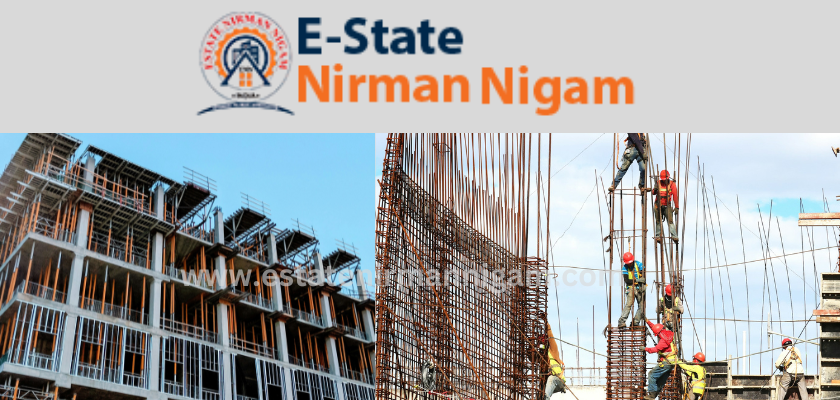
The Evolution of Fabrication Centers:-
The concept of fabrication centers has evolved significantly over the years. The journey can be traced back to the industrial revolution, which marked a significant shift from manual production methods to mechanized manufacturing processes. Early workshops and factories were the precursors to modern fab labs, where craftsmen and engineers developed new tools and machinery to streamline production.
In the late 20th century, the advent of digital technology revolutionized manufacturing. The introduction of computer-aided design (CAD) and computer-aided manufacturing (CAM) systems allowed for greater precision and efficiency in production. The rise of personal computing and the internet further democratized access to technology, paving the way for the establishment of community-based fabrication centers.
The Birth of the Fab Lab Movement
The modern fabrication center movement began in the early 2000s with the establishment of the first Fab Lab at the Massachusetts Institute of Technology (MIT). Founded by Professor Neil Gershenfeld, the MIT Fab Lab aimed to provide individuals with the tools and knowledge needed to create almost anything. This initiative was part of the Center for Bits and Atoms (CBA), which explored the intersection of physical science and digital technology.
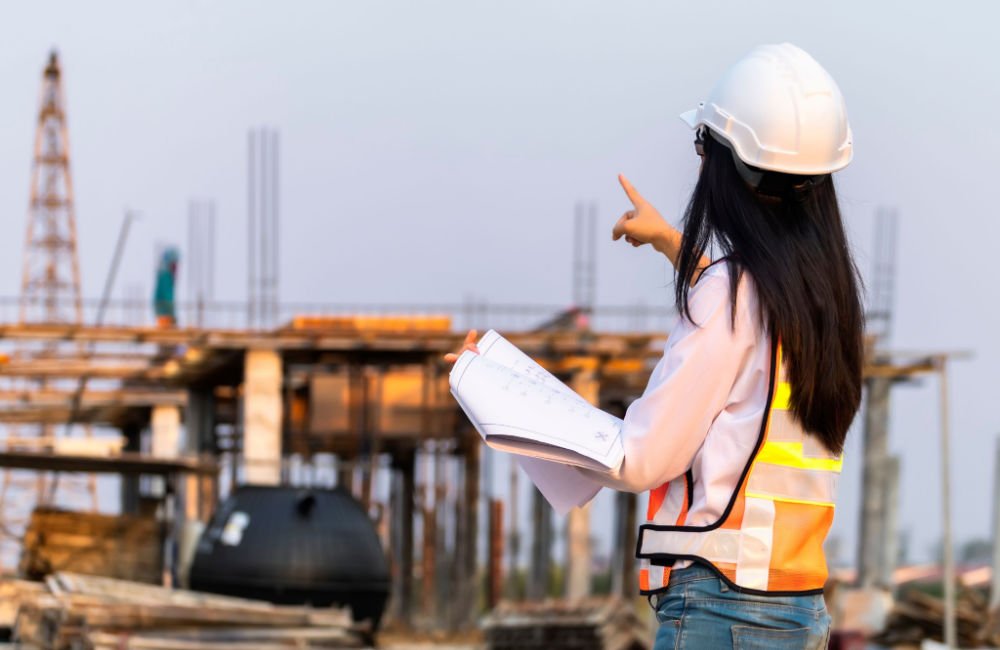
The success of the MIT Fab Lab inspired the creation of similar facilities worldwide. Today, there are thousands of fab labs, makerspaces, and innovation hubs across the globe, each fostering creativity, collaboration, and technological advancement.
The Core Components of Fabrication Centers:-
Fabrication centers are equipped with a wide range of tools and machinery that cater to different aspects of design and production. These can be broadly categorized into digital fabrication tools, traditional machining tools, and ancillary equipment.
Digital Fabrication Tools:
3D Printers: These machines use additive manufacturing techniques to create three-dimensional objects from digital models. They can work with various materials, including plastics, metals, and ceramics.
Laser Cutters: These devices use laser beams to cut or engrave materials with high precision. They are commonly used for creating intricate designs in wood, acrylic, and other materials.
CNC Machines: Computer Numerical Control (CNC) machines are automated tools that follow pre-programmed sequences to perform tasks such as cutting, milling, and drilling. They offer high precision and repeatability.
Vinyl Cutters: These are used to cut shapes out of thin materials like vinyl, paper, or fabric, commonly used for signage and decals.
Traditional Machining Tools:
Lathes: Used for shaping materials by rotating them against cutting tools.
Milling Machines: Used for cutting and shaping solid materials.
Drill Presses: Used for drilling holes with precise control.

Soldering Stations: Essential for electronics prototyping and repair.
Hand Tools: Including hammers, screwdrivers, pliers, and wrenches for manual work.
Safety Gear: Such as goggles, gloves, and masks to ensure a safe working environment.
Software and Digital Resources
In addition to physical tools, fabrication centers also provide access to a variety of software and digital resources:
CAD Software: Programs like AutoCAD, SolidWorks, and Fusion 360 allow users to create detailed 3D models and technical drawings.
CAM Software: Tools such as Mastercam and RhinoCAM translate CAD models into instructions for CNC machines.
Simulation Software: Used to test and optimize designs before physical production.
Collaboration Platforms: Digital spaces for sharing ideas, designs, and feedback, fostering a community of innovation.
Training and Education
A critical component of fabrication centers is the emphasis on training and education. These centers often host workshops, courses, and mentorship programs to help users develop the necessary skills to utilize the available tools effectively. Training can range from basic introductions to 3D printing to advanced courses in CNC machining and electronics.
The Role of Fabrication Centers in Various Sectors:-
Fabrication centers play a transformative role in education by providing hands-on learning opportunities. Schools, colleges, and universities integrate these centers into their curricula to enhance STEM (Science, Technology, Engineering, and Mathematics) education. Students can apply theoretical knowledge to real-world projects, fostering critical thinking, creativity, and problem-solving skills.
Moreover, fabrication centers serve as incubators for student-led innovation. Many successful startups and inventions have emerged from university fab labs, where students have the freedom to experiment and prototype their ideas.
Industry and Manufacturing
In the industrial sector, fabrication centers support rapid prototyping and small-scale manufacturing. Businesses can quickly iterate on designs, reducing the time and cost associated with bringing new products to market. This agility is particularly beneficial for startups and small enterprises that may not have the resources for large-scale production facilities.
Additionally, fabrication centers facilitate customized manufacturing. With digital fabrication tools, companies can produce bespoke items tailored to specific customer needs, enhancing their competitive edge in the market.
Research and Development
Fabrication centers are vital for research and development (R&D) across various fields. Scientists and engineers can use these facilities to create experimental apparatus, test new materials, and develop innovative technologies. The collaborative environment of fab labs also encourages interdisciplinary research, leading to breakthroughs at the intersection of different domains.
Community and Social Impact
Beyond education and industry, fabrication centers have a significant social impact. They democratize access to advanced manufacturing technologies, empowering individuals and communities to create solutions to local challenges. For example, in developing regions, fab labs can support initiatives in healthcare, agriculture, and infrastructure by enabling the production of necessary tools and devices locally.
Moreover, fabrication centers often serve as community hubs, bringing together people from diverse backgrounds to collaborate and share knowledge. This fosters a culture of innovation and entrepreneurship, contributing to economic development and social cohesion.
Technological Advancements and Future Trends
Advances in Digital Fabrication
The field of digital fabrication continues to evolve rapidly, driven by advancements in technology and materials science. Some of the key trends shaping the future of fabrication centers include:
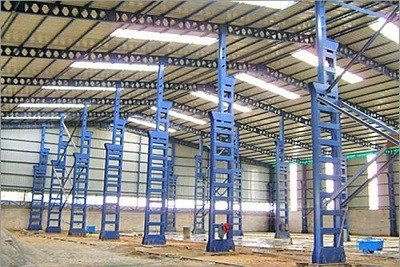
Multi-Material Printing: Advances in 3D printing technology allow for the simultaneous use of multiple materials, enabling the creation of more complex and functional objects.
Bioprinting: The development of bioprinting technology, which uses living cells to print tissues and organs, has significant implications for medical research and healthcare.
Smart Manufacturing:
Internet of Things (IoT): The integration of IoT technologies in fabrication centers enables real-time monitoring and control of machinery, leading to improved efficiency and predictive maintenance.
Artificial Intelligence (AI): AI-driven design and manufacturing tools can optimize processes, reduce errors, and enhance creativity by providing data-driven insights and recommendations.
Advanced Materials:
Nanomaterials: The use of nanomaterials in fabrication offers new possibilities for creating products with enhanced properties, such as increased strength, conductivity, or flexibility.
Sustainable Materials: The development of eco-friendly materials and recycling technologies aligns with the growing emphasis on sustainability in manufacturing.
The Rise of Distributed Manufacturing
Distributed manufacturing, where production is decentralized and localized, is a trend gaining momentum. Fabrication centers are at the forefront of this movement, enabling small-scale production closer to the point of use. This approach reduces transportation costs and environmental impact while enhancing the resilience and responsiveness of supply chains.
The Role of Fabrication Centers in Smart Cities:-
As urban areas increasingly adopt smart city initiatives, fabrication centers are playing a crucial role. These centers contribute to the development of smart infrastructure, such as sensor networks, energy-efficient systems, and responsive urban planning tools. By fostering innovation and collaboration, fab labs support the creation of smarter, more sustainable cities
Challenges and Opportunities
While fabrication centers have the potential to democratize access to manufacturing technologies, ensuring inclusivity remains a challenge. Barriers such as cost, geographic location, and technical expertise can limit participation. Addressing these challenges requires concerted efforts to:
Reduce Costs: Implementing subsidized access or membership models can make fabrication centers more affordable for individuals and small businesses.
Expand Outreach: Establishing fab labs in underserved areas and providing mobile fabrication units can help reach a broader audience.
Enhance Training: Offering accessible and inclusive training programs can empower more people to utilize fabrication technologies effectively.
Intellectual Property and Collaboration
The collaborative nature of fabrication centers raises questions about intellectual property (IP) rights. Balancing open sharing of ideas with the protection of individual and organizational innovations is crucial. Developing clear policies and frameworks for IP management within fab labs can foster a culture of collaboration while safeguarding creators’ rights.
As fabrication centers continue to grow, addressing their environmental impact is essential. Strategies to enhance sustainability include:
Resource Efficiency: Implementing practices that minimize waste and optimize resource use.
Circular Economy: Promoting recycling and the use of sustainable materials in fabrication processes.
Energy Management: Utilizing renewable energy sources and energy-efficient technologies to power fabrication centers.
E-state Nirman Nigam Fabrication centers represent a convergence of technology, creativity, and collaboration, playing a pivotal role in the modern landscape of innovation and manufacturing. From education to industry, these centers E-state Nirman Nigam .
About This Artical Is Also Available on The Following Most Reputed International Sites You May Go And Get Knowledge About This Notification:-
As per organisational News by https://chachchhu.in/

As per organisational News by https://gittee.in/

As per organisational News by https://felio.in/

As per blog https://sisy.in/

As per blog https://takhiya.in/
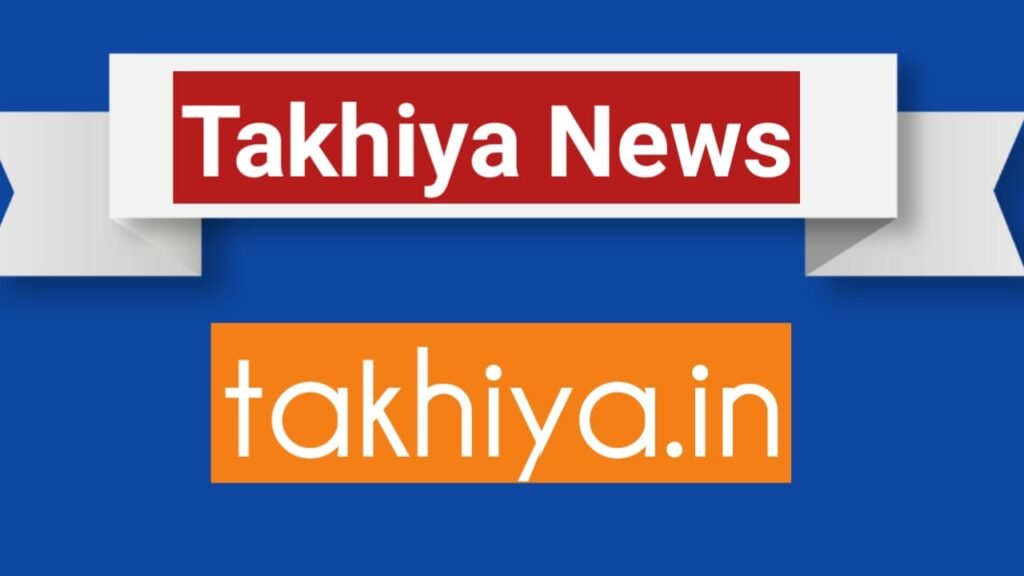
As per blog https://emiror.in/

As Per Opinion Artical by https://vijaygpoliticalthinker.in/

As Per Opinion Artical by https://tumhara.in/

As Per Opinion Artical by https://khula.in/

As Per Opinion Artical by https://fokal.in/

As A View Of https://funsi.in/

As A View Of https://lungii.in/

As A View Of https://virol.co.in/

As A View Of https://arogyas.com/

As Per Opinion Artical by https://www.srmnews.in/

As Per Opinion Artical by https://ksawt.in/

As Per Opinion Artical by https://jyovy.com/

As Per Opinion Artical by https://vyanosde.in/
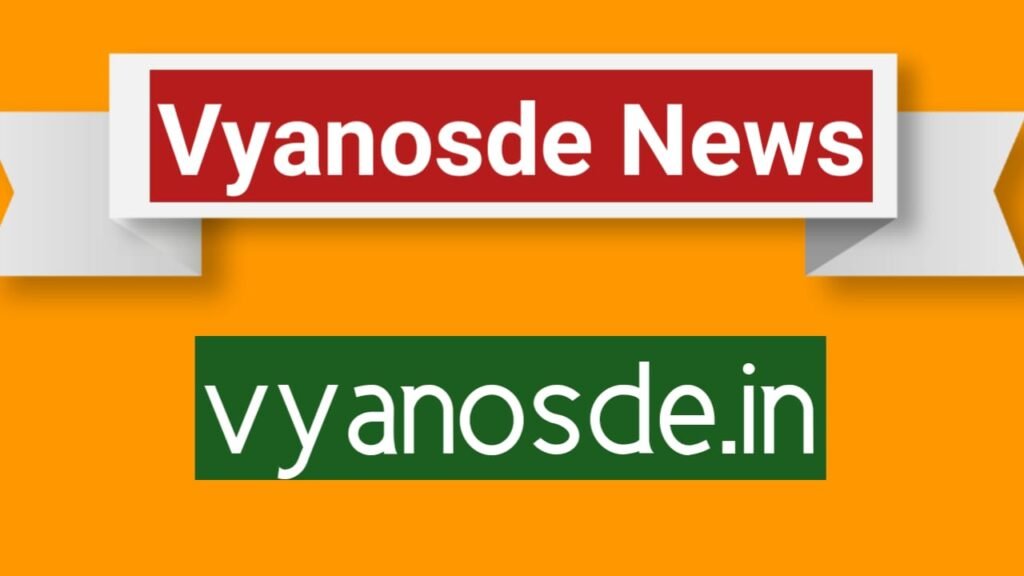
As Per Report by https://syfo.in/

As Per Report by https://vmsp.in/

As Per Report by https://laxam.in/

As Per Report by https://toty.in/

As per organisational News by https://bhado.in/

As per blog https://gulla.in/

As Per Opinion Artical by https://poghi.in/

As Per Report by https://tamachha.in/

As Per Report by https://dhelwa.in/

As Per Report by https://puaa.in/

As Per Report by https://dougo.in/


